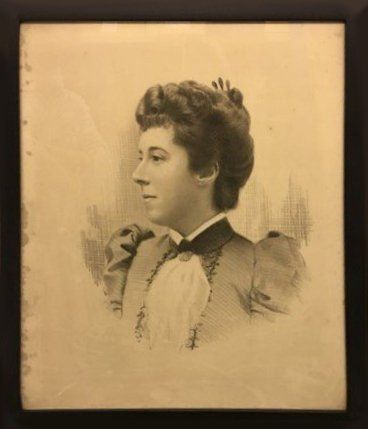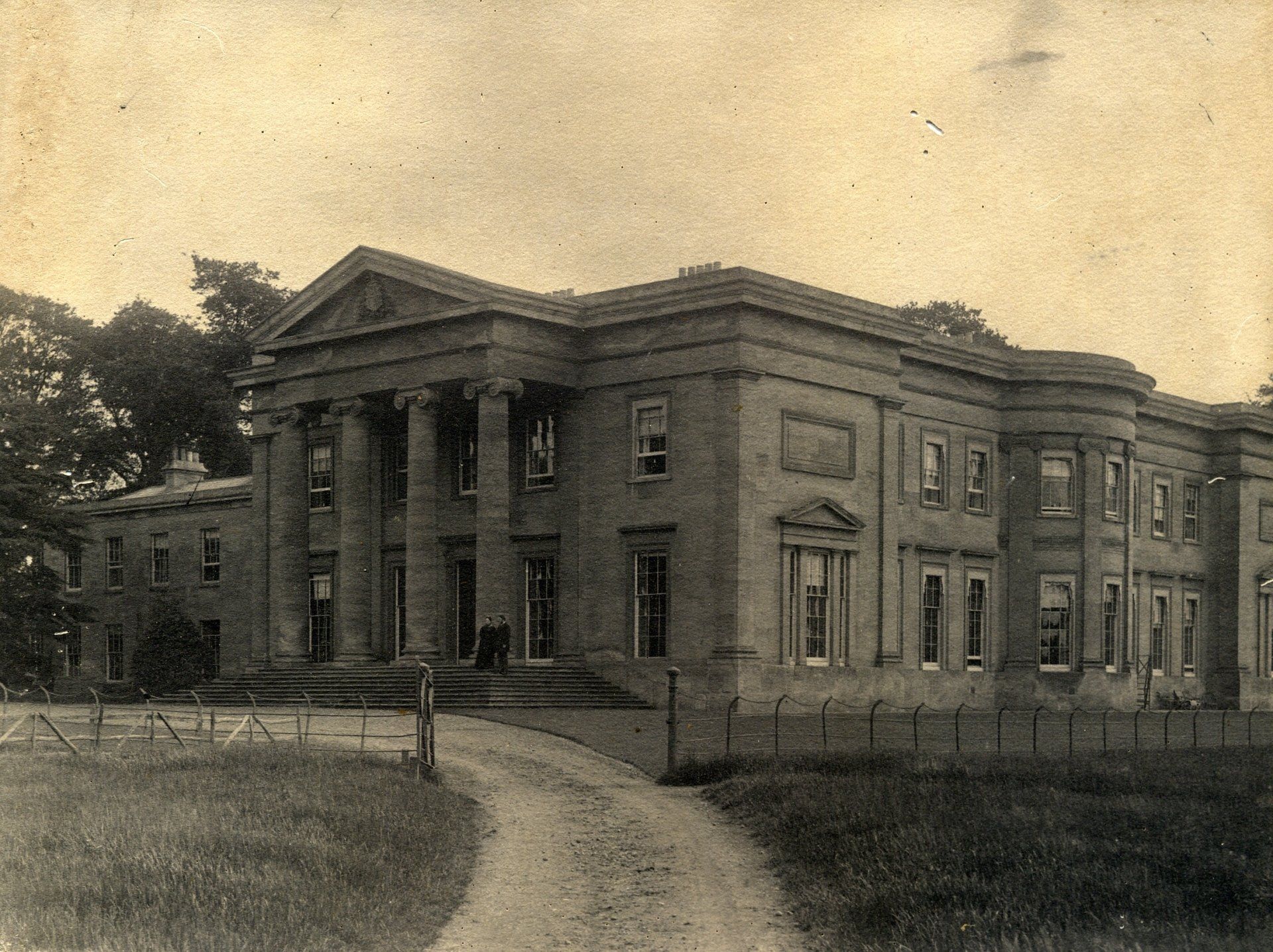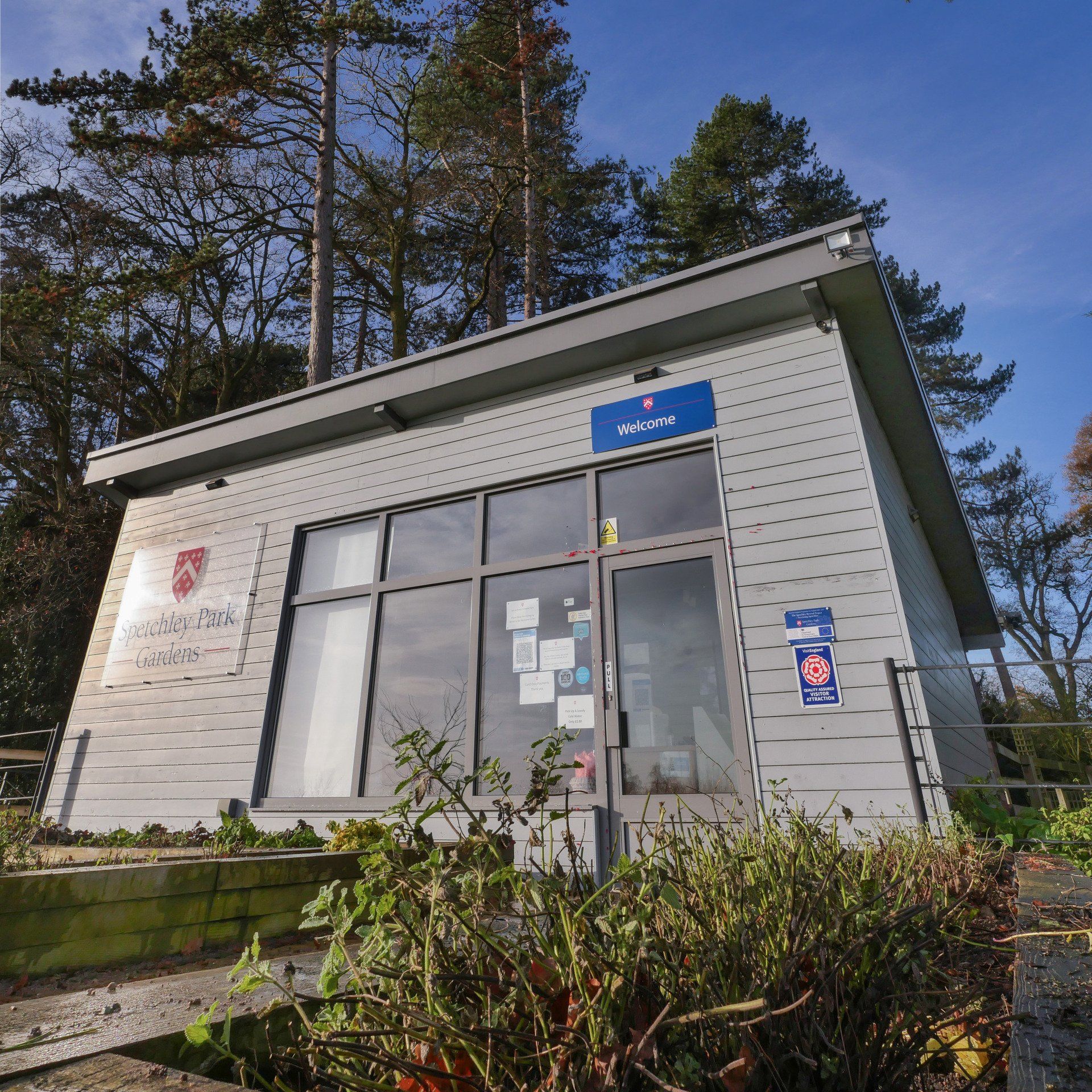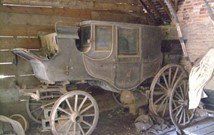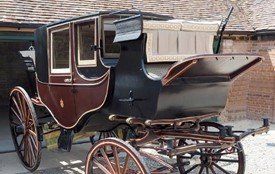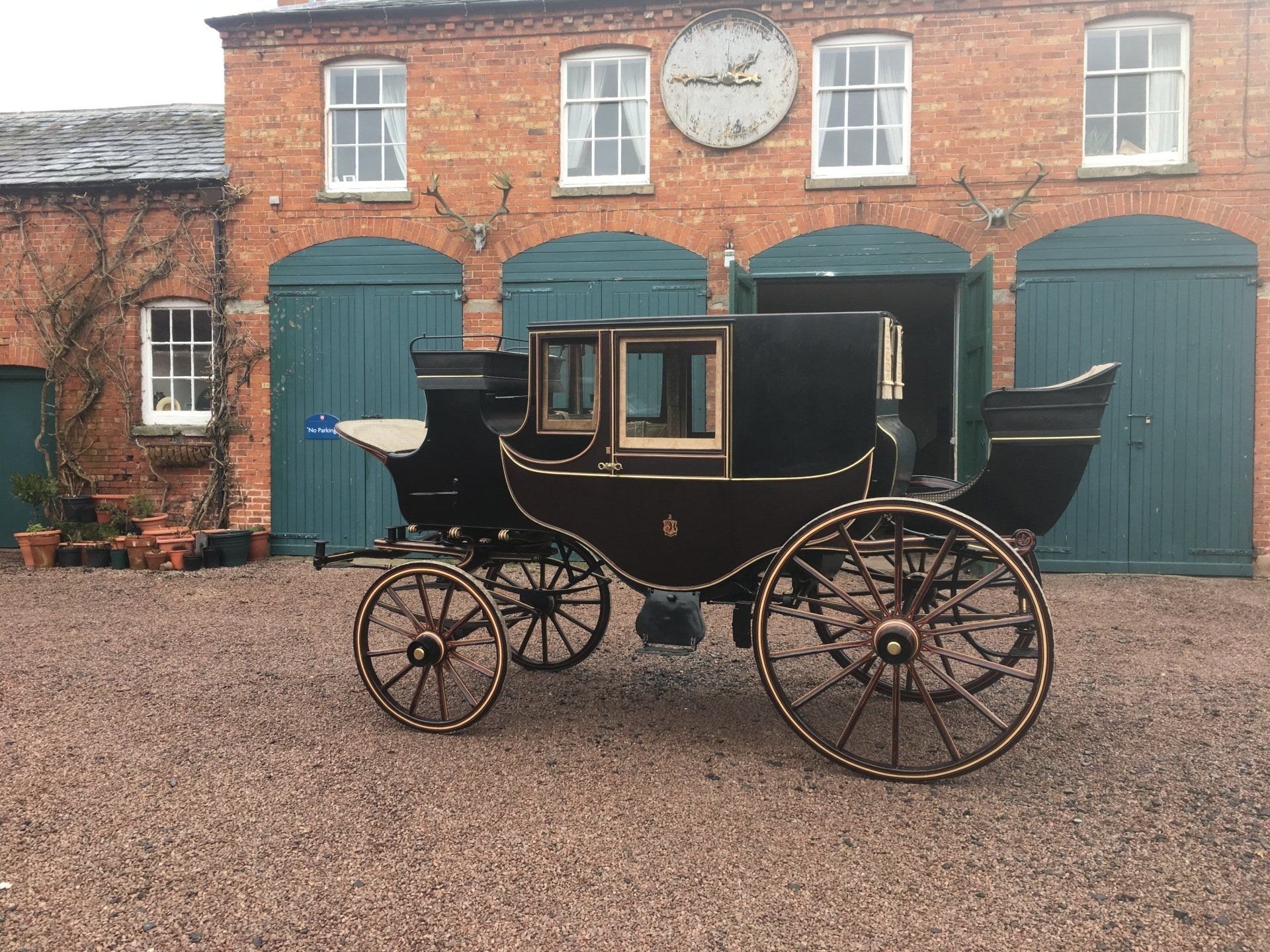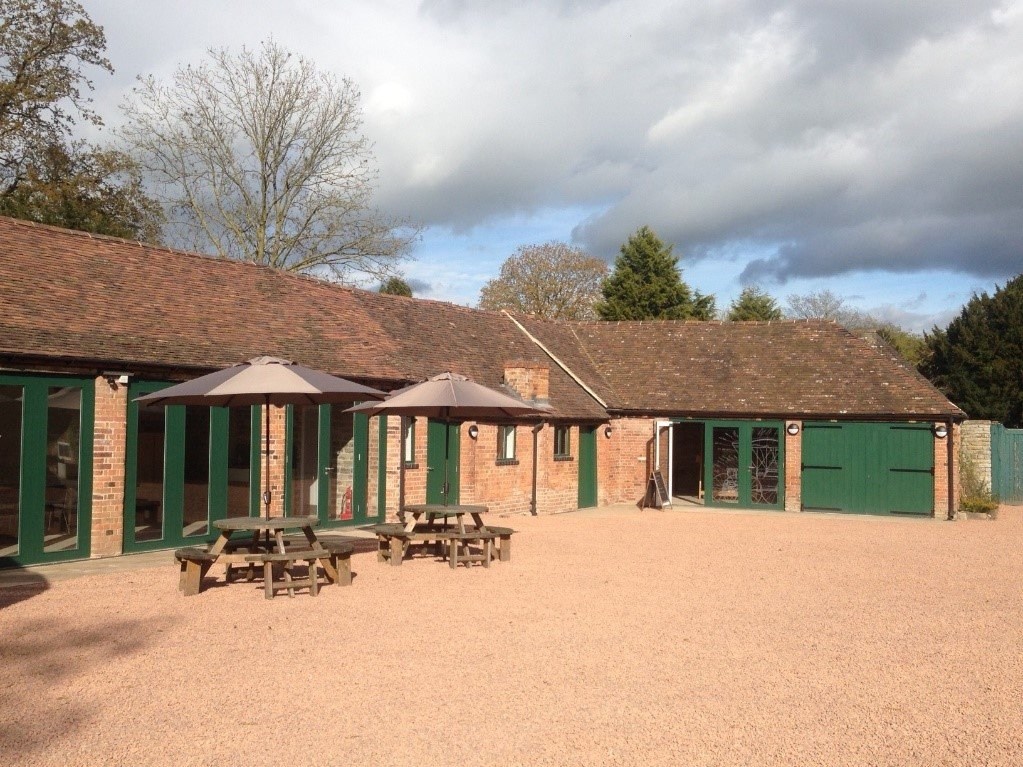History
Spetchley was bought by Rowland Berkeley, a wool merchant and banker, in 1605. Prior to this it had been owned by the Sheldon and Lyttleton families.
-
Sir Robert Berkeley (1584 – 1656)
Button
Sir Robert Berkley
Rowland Berkeley’s son, Robert, was a High Court Judge in the reign of Charles 1 and a monarchist, who was lucky not to lose his head through his sympathies to Charles, however he did lose his house which was burnt down by Scottish Presbyterians on the eve of the Battle of Worcester in 1651.
He converted the stables where the family lived until John Tasker built the current, beautiful mansion house in 1811. Robert was also responsible for enlarging the estate which today amounts to 4,500 acres.
Creating a lasting legacy of beauty and nature that all can enjoy
The parkland, containing red and fallow deer, was imparked in 1625 and the lake was formed in 1834 from the old moat which surrounded Rowland's original Tudor house.
Successive members of the family lovingly created the landscape and the Gardens, the latter most notably by Ellen Willmott, sister to Rose Berkeley, in the late 19th and early 20th centuries. In 1925 Spetchley became one of the first gardens in the country to open its gates to visitors under the National Garden Scheme.
Rose Berkeley
-
Rose Berkeley
Button
Commemorating Rose Berkeley
Last year 2022 we will commemorated the centenary of Rose Berkeley’s death. Rose Willmott married Robert Valentine Berkeley in 1891. She was the younger sister of Ellen Willmott, the influential plant collector and first lady to be awarded the Royal Horticultural Society’s Victorian Medal of Honour. The anniversary of Rose’s death happened to coincide with the launch of a new book about her sister, Ellen, that was written with the assistance of our very own archivist Karen. Please ask about the Rose and Ellen trail a brand-new garden Trail reflecting the influence Rose and her sister Ellen's design impact on the gardens.
Rose Berkeley's Influence
Rose was the architect of much of the garden’s design and her influence is very evident in the Gardens today, from the use of the Fountain Gardens where she grew and bred daffodils, to the layout of the huge herbaceous borders which surround the Kitchen Garden. Throughout she was assisted by her sister Ellen.
We invite you to seek out the areas still in evidence of their influence, even follow the Rose and Ellen trail to get closer to these two brilliant Horticulturalists that shaped the Gardens we see today.
Stories about Spetchley
Spetchley has been lucky to witness many wonderful periods in history.
As we have mentioned it was burnt to the ground on the eve of the Battle of Worcester in 1651. Many would say this was a blessing as it allowed for the wonderful mansion you see today to be built.
Robert Berkeley started up a professional relationship with John Evelyn, the diarist and landscaper who helped him design the beautiful landscape that surrounds the garden.
Edward Elgar was a friend of the family, often staying and enjoying some fishing in the garden lake. He was so inspired by the garden that he penned part of his masterpiece, the Dream of Gerontius, whilst staying here.
Ellen Willmott, the renowned horticulturalist and plants woman, was instrumental in helping her sister, Rose Berkeley, in the design and planting of our wonderful gardens and so, a great support to her sister with the existing planting structures. She was the first lady recipient of the RHS's Victorian Medal of Honour.
Spetchley was earmarked as the headquarters for Churchill and his war cabinet during WWII however he decided to stay in London and so it became a recuperation home for the 9th USAAF.
On Churchill's death 12 acorns that he had collected from his favourite oak at Blenheim were distributed to places that had a connection with Churchill. One came to Spetchley, and the oak is growing on the Long Walk opposite the Cedar.
Revival Project
In 2013 we embarked on the Spetchley Revival Project, designed to protect and rejuvenate the heritage of the garden.
The initial stage involved the building of a new Car Park and Welcome Centre thanks to a grant from the RDPE.
We have also been very fortunate in obtaining a grant from the Heritage Lottery Fund to renovate the garden lake, convert the cart sheds into a Heritage Learning and Interpretation Centre where visitors can learn about the history of the garden, family, and landscape, and to conserve the 19th century Sovereign Coach. This was phase two of the project and we were delighted to officially open the Centre to visitors in June 2017.
The house, landscape and Gardens are now very much a legacy of one family's commitment to ensuring nature, beauty and longevity thrive at Spetchley.
The Spetchley Revival Project is a long-term project designed to invest in securing the Gardens for future generations to enjoy. It has been made possible by generous funding from donors including the Heritage Lottery Fund. It is an ever-changing garden and for the past four years has undergone a mini revival, including phase 1 which was the creation of a new garden entrance, car park, and Welcome Centre, completed in 2015 thanks to a grant from the RDPE.
Phase 2
Phase 2 centred on the heritage within the garden and park land, specifically focusing on;
The restoration of the garden lake to enhance its historic role in the designed landscape through dredging and re-aligning its boundaries.
Increasing physical access to the furthest points of interest within the parkland and deer park by creating a series of paths, planned walks and the introduction of a trailer service for schools and groups etc. driven by volunteers. This will increase the number and range of people who are able to enjoy the deer park.
Increasing and improving the interpretation of the park and gardens through the creation of new interpretation material.
Improved orientation signage for visitors.
The preservation of historic site lines and key views, involving the restoration of sunken hedges and the replanting of trees along the lines of C19 landscape maps.
Significant work to enhance hedgerows to the southern deer park boundary incorporating the gapping up of hedges with native woody species which will provide blossom/flowers and therefore increase pollen and nectar sources (which are generally lacking in the deer park currently). This work will enhance both the appearance and the biodiversity of the deer park.
Conservation of the 19th Century Sovereign Coach one of only 20 still in existence. This is on display in the Heritage Centre.
Create significant new opportunities for volunteering, in total the Revival Project is targeted to deliver 1,000 volunteer days, conserving the Sovereign Coach, enhancing the biodiversity within the garden and parkland.
Converting the Old Cart Sheds into a Heritage and Learning Centre to be complimented by the introduction of a new and coordinated education programme focused on the National Curriculum. The centre houses information from the Berkeley family archive. This allows visitors a greater understanding of the formation of the park and gardens, as well as the part the Berkeley family has played in its history.
The Heritage and Learning Centre
The Heritage and Learning Centre officially opened on 28th June and marked a major milestone in the redevelopment of the Gardens.
Using audio visual and touch screen technology, visitors to the Heritage Centre can learn more about the fascinating 400 year history of the Gardens and the Berkeley family’s influence over this wonderful garden and unspoilt 17th century landscape. The Centre includes previously unseen images from the Spetchley Park archives and there are family friendly games and costumes to ensure everyone has a fun and memorable visit.
The Gardens are also bringing together local community groups such as the Hardy Plant Society and the Spetchley Gardening Society and a programme of school workshops and talks are also in development.
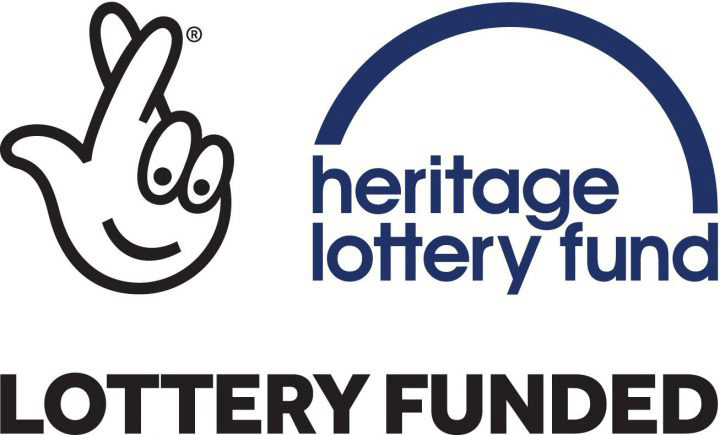
Sign up for our monthly Newsletter
Every month we send a round-up of the latest stories, event news and offers from across the Spetchley Park Estate. Plus, if we spot anything extra we think you'll love, we'll let you know about that too.
Simply sign up today and don't worry – you can unsubscribe from these emails at any time.
Spetchley Park Estate
Spetchley
Worcester
WR5 1RS
E: enquiries@spetchleyparkestate.co.uk
Estate Office Gardens Welcome Centre
T: 01905 345 213 T: 01905 345 106
Legal
Information
When you contact Spetchley Park Gardens via our website we may collect your personal data. We use this information to provide the services requested and, if you agree, to send you marketing information. We will never share your information with any other companies for marketing purposes. For more information please see our privacy policy.
Spetchley Park Gardens / Spetchley Gardens Charitable Trust - charity no. 1061063


